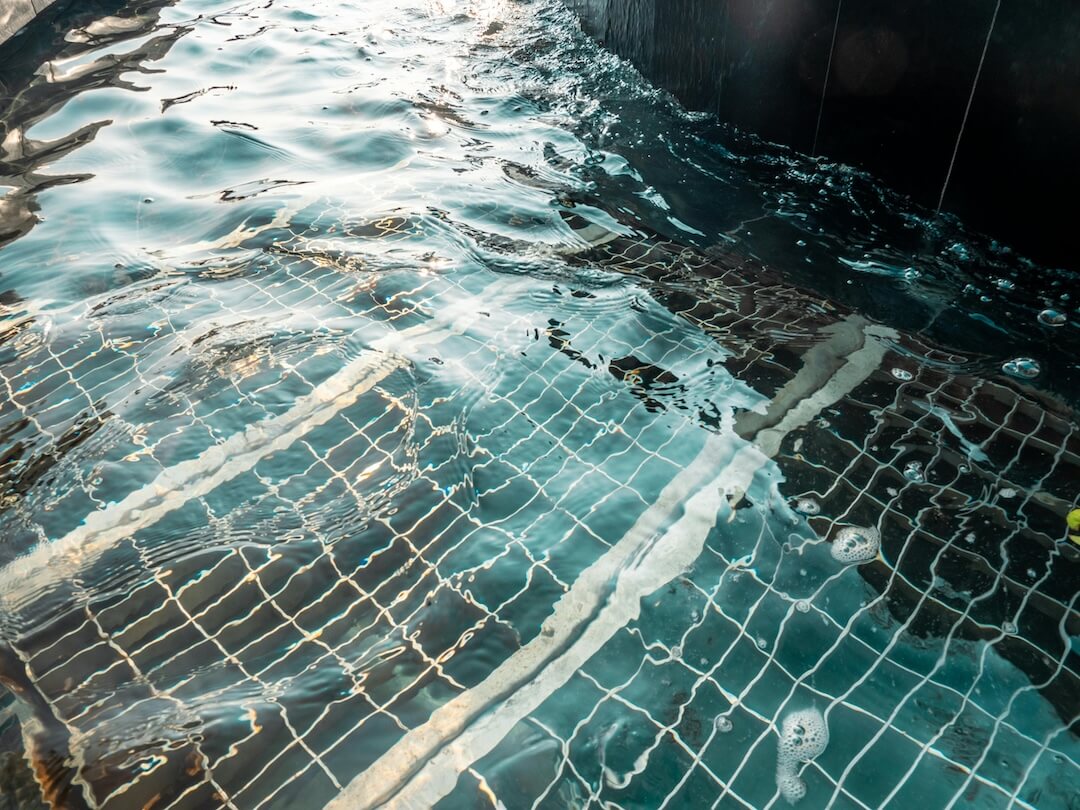How to Balance Pool pH Levels

How to Balance Pool pH Levels
Keeping your swimming pool’s pH levels balanced is essential for maintaining a safe, clean, and inviting environment in your Miami Beach home. Proper pH levels influence the effectiveness of sanitation products, prevent damage to your pool’s surfaces and equipment, and ensure a comfortable swimming experience. Understanding how to test and adjust your pool’s pH is a skill every pool owner should master. Our team of pool experts in Miami Beach is here to guide you through the process, making sure your pool stays sparkling and healthy all year long.
Understanding the Importance of pH Balance
The pH level of your Miami Beach pool measures its acidity or alkalinity on a scale from 0 to 14. A pH of 7 is considered neutral, while values below it are acidic and those above are alkaline. The ideal pH range for a swimming pool is between 7.4 and 7.6. This range ensures optimal sanitation, prevents eye and skin irritation, and maintains the integrity of your pool’s surfaces and equipment. When the pH is too low (acidic), it can lead to corrosion of metal parts and cloudy water. When it’s too high (alkaline), it can cause scaling, cloudy water, and reduce sanitizer effectiveness.
Maintaining proper pH levels is especially important in Miami Beach, where the warm coastal climate can influence water chemistry. Saltwater and chlorinated pools are also affected by environmental factors, making regular testing and adjustments necessary. Our pool specialists recommend routine checks, especially during peak swimming season, to keep your pool in perfect condition.
How to Test Your Pool’s pH Levels
Accurate testing is the first step toward achieving the right pH balance. There are various testing methods available, including test strips, liquid test kits, and digital testers. Test strips are quick and easy to use; simply dip a strip into the pool water and compare the color change to the provided chart. Liquid test kits involve collecting a water sample in a vial and adding reagents to observe a color change, which can then be matched to a color scale. Digital testers provide precise readings and are highly reliable but tend to be more expensive.
We recommend testing your pool water at least once a week, especially during the busy summer months or after heavy rain. Always follow the instructions carefully and ensure your tests are performed in a shaded area to avoid inaccurate readings caused by direct sunlight. If you notice consistent pH readings outside the recommended range, it’s time to take corrective action.
How to Adjust pH Levels in Your Miami Beach Pool
Adjusting your pool’s pH involves adding specific chemicals designed to raise or lower alkalinity. To increase pH, you should add a pH increaser, commonly known as soda ash or sodium carbonate. When pH levels are too low, adding this chemical will bring them up to the ideal range. For lowering pH, pool owners typically add pH reducers like muriatic acid or sodium bisulfate. Always add chemicals slowly and in small amounts, giving the water time to circulate and thoroughly mix before testing again.
Our pool specialists advise wearing protective gear when handling chemicals and carefully following manufacturer instructions. In Miami Beach, where high temperatures can cause rapid changes in water chemistry, it’s especially important to monitor pH frequently and adjust as needed. Proper chemical handling and timely adjustments will prevent costly damage and keep your pool water safe for swimmers.
Tips for Maintaining Ongoing pH Balance
Consistency is key to maintaining stable pH levels. Regular testing, ideally weekly, will help you catch fluctuations early. Keep a log of your test results to identify patterns and determine the best times for chemical adjustments. Using automated pH controllers is another effective option for pool owners seeking a more hands-off approach. These systems continually monitor and adjust pH levels, providing consistent water chemistry.
It’s also important to keep an eye on other factors that influence pH, such as the use of pool shock, algaecides, or other chemicals. Heavy pool usage, environmental debris, and weather conditions can all impact pH stability. In Miami Beach, where salt and humidity are prevalent, routine maintenance becomes even more critical.
Our expert team recommends maintaining proper water circulation with quality filters and regular cleaning to prevent imbalances. Proper circulation helps distribute chemicals evenly, ensuring the entire pool remains balanced. Additionally, maintaining appropriate alkalinity levels (80-120 ppm) supports stable pH and reduces the frequency of chemical adjustments.
When to Seek Professional Assistance
While routine testing and adjustments can often be handled independently, there are instances when professional help is advisable. If your pH levels are consistently outside the recommended range despite multiple adjustments, or if you notice persistent cloudiness, algae growth, or corrosion signs, contacting our pool specialists is the best course of action.
In Miami Beach’s coastal environment, water chemistry can be complex, influenced by factors such as saltwater intrusion, high temperatures, and humidity. Our experts have the experience to diagnose underlying issues and recommend tailored solutions to restore your pool’s balance. Regular professional inspections can also prevent long-term damage and extend the lifespan of your pool equipment.
Maintaining optimal pool pH levels is an ongoing process, but with the right knowledge and assistance, you can enjoy a beautiful, safe swimming environment all year round. Contact us today to learn more about our Miami Beach pool care services or to schedule a consultation with our pool specialists.
Our team is dedicated to providing top-quality service and ensuring your pool remains a refreshing oasis in the vibrant Miami Beach community. Proper pH balance is just one part of comprehensive pool maintenance—let us help you keep your swimming experience perfect.



